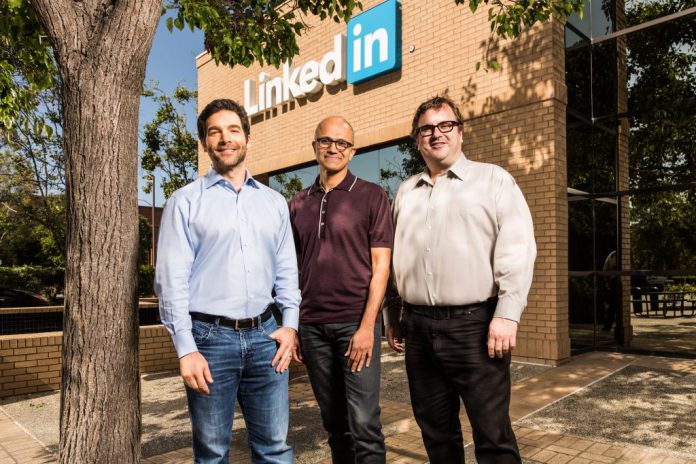VentureBeat spoke to Mohak Shroff, LinkedIn’s SVEP of engineering, about the switch to public cloud. Following Microsoft’s $26.2 billion acquisition of LinkedIn in 2016, a move to Azure has seemed a likely scenario for the company. However, Shroff insists it was never a part of original discussions between Microsoft and LinkedIn. He says Microsoft has lived up to its acquisition promise of allowing LinkedIn to operate independently. “We’ve had conversations with leaders on the Azure team. They asked questions like, ‘What would it take for LinkedIn to consider Azure?’ But were we being pitched? No.” “The integration has really been a remarkable success, primarily along one dimension, where Microsoft has really allowed us independence in decision making. And this, I think, stands as a clear example of that independence. They have offered us whatever resources we have needed, offered to work with us if we make the decision to move, but the decision has always been ours.” While LinkedIn is now embracing cloud as its infrastructure base, the migration will take some time. After-all, this is a company that has 645 million members so there is a lot of data to move. Shroff admits it will take years to migrate as the company seeks to avoid harming accessibility and performance. “We think probably at least three years till we’re done, possibly longer than that,” Shroff added. “It will be a gradual migration. We’ll see increasing workloads on Azure over time, with a pretty significant inflection point, about a year and a half, two years out from now. And then kind of an accelerated migration post that.”
Why Cloud, Why Now?
Perhaps the important question is why LinkedIn wants to move to public cloud at all. Of course, the cloud industry continues to expand rapidly, and organizations are increasingly embracing it wholesale. Shroff points out that public cloud has now reached a pivotal stage. “Let’s say that, 10 years from now we’re finally on Azure. Is now the right time to start? So that when we’re on Azure, it’s ready for us in terms of the kinds of capabilities we would not want to build ourselves but want to access to on the public cloud. And this latest evaluation really came back with a ringing endorsement for now is the time.” “For a while we’ve seen a certainty to the public cloud. A certainty to Azure and its ilk on the future. They’re just trends you see in terms of the level of investment, innovation, and scale that come with the way public clouds have evolved. That makes it clear that that is the way of the future, and we want to be part of the future.”




